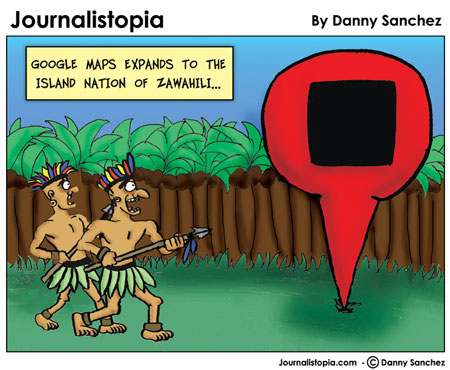 Various news outlets report today that Nielsen/NetRatings will begin using time spent on a Web site in lieu of the much-maligned page view as its primary metric to determine a site’s success. This move that has been expected for some time now due to the growing use of Web 2.0 technologies.
Various news outlets report today that Nielsen/NetRatings will begin using time spent on a Web site in lieu of the much-maligned page view as its primary metric to determine a site’s success. This move that has been expected for some time now due to the growing use of Web 2.0 technologies.
According to an excellent Computerworld report:
“It is not that page views are irrelevant now, but they are a less accurate gauge of total site traffic and engagement,” [Scott Ross, director of product marketing at Nielsen/NetRatings] said. “Total minutes is the most accurate gauge to compare between two sites. If [Web] 1.0 is full-page refreshes for content, Web 2.0 is, ‘How do I minimize page views and deliver content more seamlessly?’ ”
This means a few things for news sites:
1) An emphasis on user friendliness and engagement will trump site designs that are designed specifically to increase page view numbers (photo galleries that load new pages for each image, multi-page stories, multi-page photo narratives). Which leads us directly to…
2) Drink some of that Ajax-y Kool-Aid (that does sounds rather toxic, doesn’t it?). Ajax, or Asynchronous JavaScript and XML, is often loathed by the money people for not bringing in page views since it wonderfully loads content without reloading pages (see Netvibes, the new Yahoo! Mail, Flickr, Google Maps, to name just a few) .
3) Video and engaging interactive features are going to be an even more important component of a site’s success. Big Flash features are notorious for not necessarily getting big page view numbers for the large amounts of staff time to produce them. Perhaps now, they’ll be more worth it — if they’re good.
4) Greater attention needs to be paid to the quality of the content. Getting a reader to go to the end of a long story *may* be more valuable than trying to get them to read lots of three-paragraph stories.
5) Get users talking to each other on your site. Before, a user posting to a message board was just one or two page views. Now, you’ll be able to benefit from the entire time that user is composing and editing his message.
And surely there is much more. I’d love to hear your two cents in the comments.
 The Pew Internet and American Life Project has released a study this week that indicates:
The Pew Internet and American Life Project has released a study this week that indicates: Interested in checking out some of the best online journalism projects? The
Interested in checking out some of the best online journalism projects? The 
 Various news outlets report today that Nielsen/NetRatings
Various news outlets report today that Nielsen/NetRatings